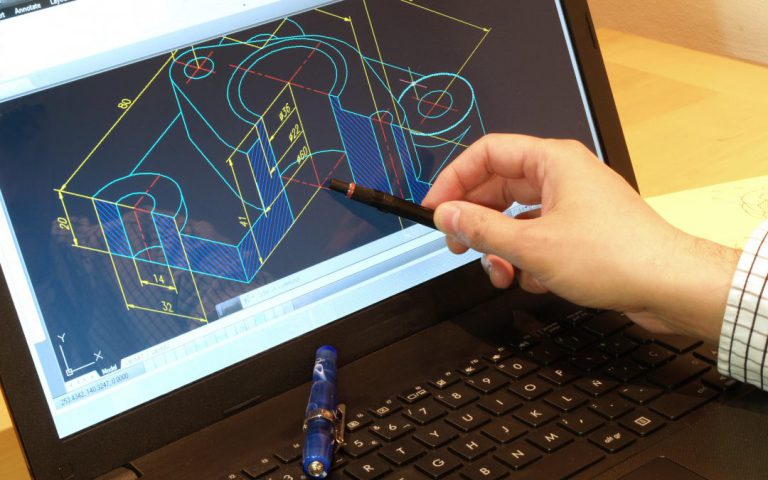In the realm of engineering and manufacturing, the design of mechanical structures forms the foundation of countless innovations. Whether it’s building robust machinery, crafting intricate mechanisms, or designing efficient systems, mastering the basic principles of mechanical structure design is essential.
Functional Satisfaction:
The mechanical structure design must first meet the predetermined functions of the equipment or product, which involves considerations of the working principle, operating mode, load capacity, and other aspects of the equipment. Designers need to fully understand the operating environment and conditions of the equipment to ensure that the designed structure can work stably and reliably in various situations.
Strength and Stiffness:
Mechanical structures must possess adequate strength and stiffness to withstand loads, forces, and vibrations encountered during operation. Insufficient strength and stiffness may lead to deformation, fracture, or failure of the equipment, thereby affecting its normal operation and service life. Design considerations such as material selection, cross-sectional geometry, and reinforcement techniques are critical for ensuring structural integrity and performance.
Stability:
The mechanical structure should have good stability, that is, it can maintain its original shape and position during operation without generating excessive vibration and deformation. Stability is crucial for ensuring the accuracy and reliability of equipment.
Durability and Reliability:
Mechanical structures should be designed for long-term durability and reliability. Factors such as material fatigue, corrosion resistance, and environmental conditions must be taken into account during the design process to ensure the longevity of the structure and its components.
Assembly and Maintenance:
Considerations for assembly, disassembly, and maintenance are vital aspects of mechanical structure design. Designs should facilitate ease of assembly, minimize the number of fasteners and components, and allow for straightforward access to maintenance points.

Craftsmanship:
Mechanical structure design should consider the craftsmanship of manufacturing, assembly, and maintenance. Good craftsmanship can reduce manufacturing costs, improve production efficiency, and facilitate equipment maintenance and upkeep. Designers need to be familiar with various processing techniques and assembly methods, and use standardized components and connection methods as much as possible in the design.
Safety:
Safety is paramount in mechanical design. Structures must be designed to minimize the risk of failure, fatigue, and accidents. Incorporating safety factors, implementing redundancy measures, and conducting thorough risk assessments are essential for ensuring the safety of personnel and equipment.
Adaptability and Scalability:
Mechanical structures should be designed to adapt to changing requirements and accommodate future upgrades or modifications. Flexibility in design allows for scalability and ensures that the structure can evolve with evolving needs and technologies.
Environmental Adaptability:
Mechanical structures should be able to adapt to different working environments and conditions, such as temperature, humidity, vibration, corrosion, etc. Designers need to choose appropriate materials and coatings based on the usage environment of the equipment, and take necessary protective measures.
Cost-Effectiveness:
Designing cost-effective mechanical structures involves optimizing material usage, minimizing manufacturing complexities, and reducing assembly time and labor costs. Balancing performance requirements with cost constraints is essential for achieving economic viability.
These basic principles are interrelated and interdependent, and designers need to comprehensively consider them when designing mechanical structures to ensure that the designed structure not only meets functional requirements, but also has good reliability, economy, and safety
By adhering to these basic principles of mechanical structure design, engineers can create innovative, reliable, and efficient structures that meet the diverse needs of modern industry and society. Whether it’s designing cutting-edge machinery, automotive systems, aerospace components, or consumer products, mastering these principles is essential for engineering success.



